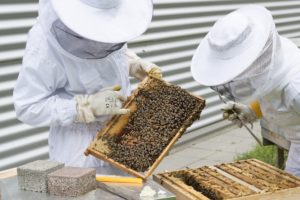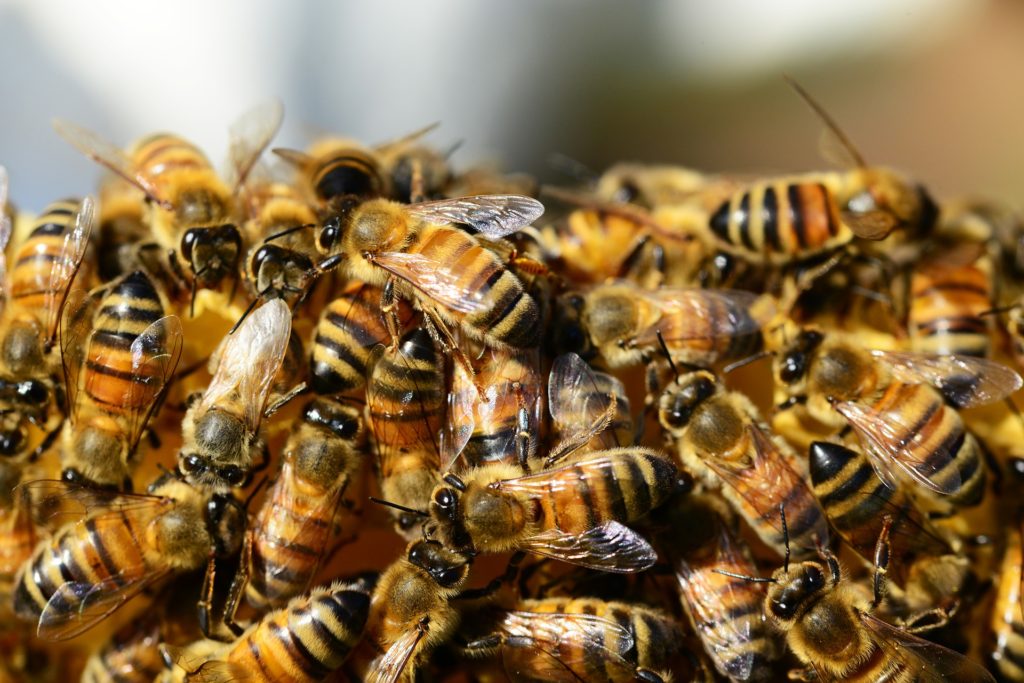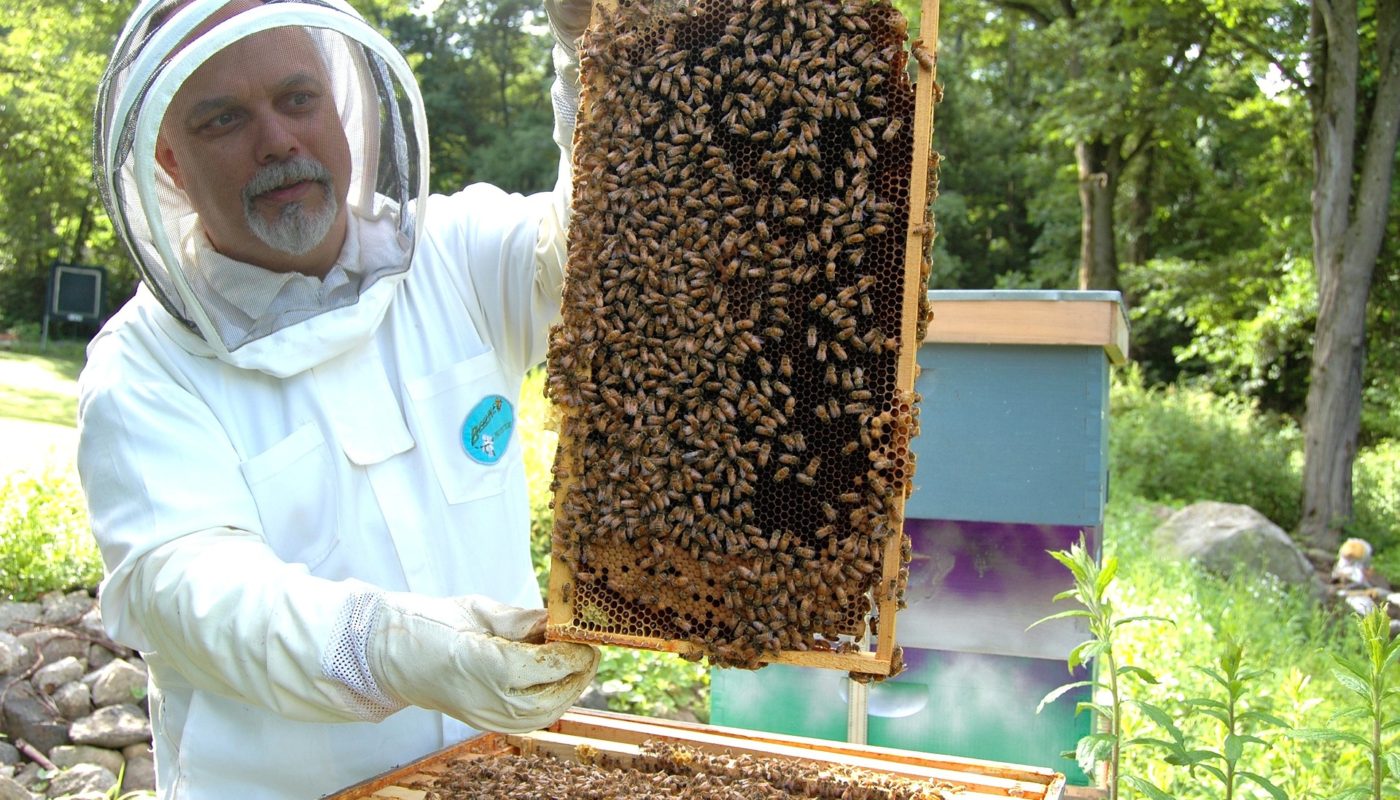You can probably recall the basic image of a beekeeper opening up a white box that contains several individual slabs of hive. The beekeeper then removes a single slab without disturbing the rest of the hive. What you might not have thought about, however, is just how bees know to build on individual delineated slabs. Why, after all, don’t they just fill up the whole box with hive? How it works now certainly makes the job of obtaining honey easier for the beekeepers, as well as less disruptive for the hive. But how exactly does it work?

Bees hives might seem pretty complicated, and they are, but the basic principles of hive building can be easily distilled. When bees find a space they want to fill with a hive, that’s generally what they do — they fill it. They either fill it with honeycomb, that standard tessellating pattern that we’re all familiar with, or they shore it up with propolis, also known as “bee glue” which bees use to seal up unwanted gaps for protection and structural integrity.
Traditionally, bees were kept in conical straw baskets known as “skeps” or hollowed out logs known as “gums.” Bees might have felt more at home in these structures, which would have better resembled their natural homes, however these structures made much worse use of space, and made the collection of honey and the examination of the hive, etc. much more difficult.
Of course bees didn’t agree not to fill in all of the gaps of a modern hive just to make life easier for their beekeepers. Instead, the idea not to fill in these spaces came from the bees themselves. Well, sort of. Hardwired in the bees is the idea not to build in spaces that are about 6-9mm wide. This concept has come to be known as the “bee space”. But why exactly are bees programmed not to build in such gaps?

Well, “programmed” might be the operative word. Although bees are capable of some pretty complex tasks, communication, and social dynamics, it is possible that their brains’ inner programming is simply reading and responding to these gaps the beekeepers leave as spaces for movement. It’s not as if there were artificial beehives at any point during their millions of years of evolution, but they would have needed to identify passageways to be able to move throughout the hive. And that would have had to have been a hard and fast rule. After all, you don’t want one bee thinking that something looks like a great passageway, and another bee sealing it up once the first one is inside. These behaviors would have been developed and cemented over a long process of evolution, beekeepers today are just taking observed behaviors and using them to their advantage. It works to the bees’ advantage too, as those skeps and gums had to be nearly destroyed when harvesting honey and wax. Now the process is a lot less disruptive to the bees, and a lot more efficient for the beekeepers. And it’s all thanks to a little quirk in bee programming.

